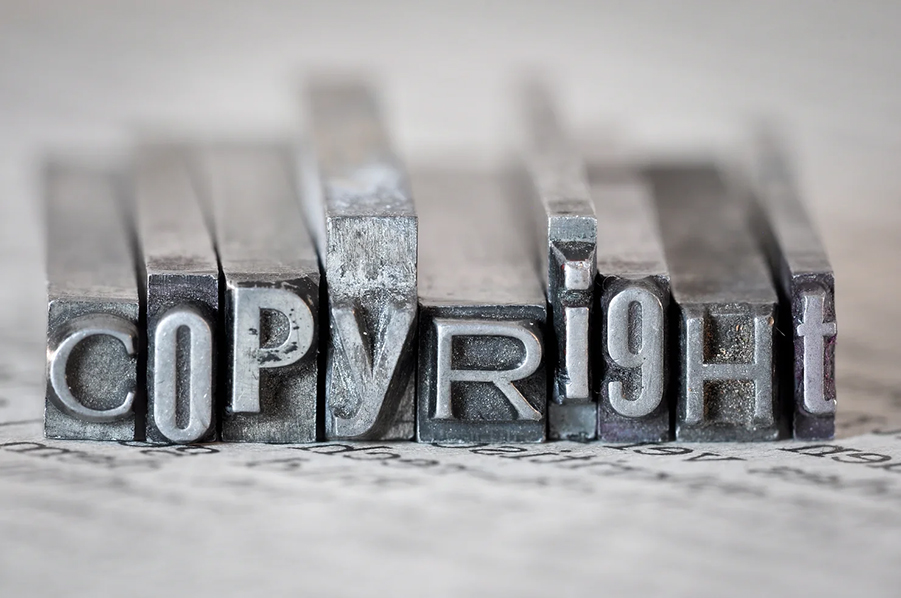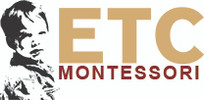
In the rapidly evolving landscape of education, educators are continually adapting to new methods of delivering content, often incorporating digital platforms into their teaching repertoire. With this shift towards online learning, understanding copyright laws becomes crucial. It's easy to overlook the importance of copyright compliance amidst the flurry of transitioning to digital education, but assuming that being an educator grants exemption from these laws is a misunderstanding that can lead to significant consequences (as seen in the case where a School District wasted $7.8 Million). To prevent potential liability, it's vital for educators and their school districts to grasp the basics of copyright law as it applies to their new digital roles. This involves exploring various avenues to legally share educational content with students, including the TEACH Act, the Fair Use Act, leveraging already-licensed materials, and utilizing Creative Commons Licensed materials, each of which offers a pathway to compliance while enriching the online learning experience.
The TEACH Act:
The most important provision of the Copyright Act for educators is the Technology, Education and Copyright Harmonization Act ("TEACH Act"), 17 U.S.C. § 110. This Act was signed into law in 2002 , and many educators may already be familiar with this Act. We start off looking at this particular law because it speaks to both in-class and online use of educational materials.
For online use, we will take a closer look at subsection 110(2), which is aimed at allowing educators to use works in an online classroom that would have normally been distributed to students during a regular in-person classroom session. Under this subsection, use of content in an online classroom setting is allowed if each of the following conditions is met (17 U.S.C. § 110(2)(A)-(D)):
- The content was originally not produced or marketed fundamentally for online classroom learning. In other words, you may not use materials that were originally designed and marketed for online use. Those items require a different type of license and you may not be covered under the law.
- You or your school acquired the content in a lawful manner. One license doesn't cover the entire school. In other words, don't use pirated copies, or scan another teacher's books or task cards and share them with your classroom or other teachers in the entire school. Purchasing one copy doesn't cover the entire school!
- You are operating as an accredited nonprofit educational institution. A private school, or a teacher working for a private school will have a hard time justifying the use of copyrighted materials for online instruction.
- You can only display a work in an amount comparable to that which is typically displayed in the course of an in-person classroom session. In other words, if you are using task cards for math, you may only make available the task cards that you would normally make available to students on that given day. Scanning and displaying the entire list of task cards is a possible violation of copyright.
- The performance or display is made by an instructor (or someone acting at their direction or under their supervision) as an integral part of a class and as a regular part of the course.
- The display of the materials is directly related to and of "material assistance" to the teaching content.
- The transmission is only distributed to, and to the extent technologically feasible is only received by, students enrolled in the course; and
- The school or institution has copyright policies in place, specifically: informational materials provided to faculty, students, and relevant staff members that accurately describe and promote compliance with U.S. Copyright Law, and notices to students that materials used in connection with the course may be subject to copyright protection;
- application of technological measures that reasonably prevent retention of the work by the students for longer than the class session or dissemination of the work to others; and
- prevention of conduct that could reasonably be expected to interfere with technological measures used by copyright owners to prevent retention or unauthorized dissemination.
Fair Use:
The Fair Use Doctrine, 17 US.C. §107, also allows educators limited use of copyrighted materials, without needing permission from rights holders. Again, many educators may already be somewhat familiar with the Fair Use Doctrine. Fair use is often viewed as a defense to copyright infringement. However, before you rush in and claim "fair use" for using something that is copyrighted be aware of the following and how a judge and jury might look at things. The applicability of the Fair Use Doctrine is determined by looking at four highly subjective and fact-dependent factors:
- the purpose and character of the use, including whether such use is of a commercial nature or is for nonprofit educational purposes.
- the nature of the copyrighted work.
- the amount and substantiality of the portion used in relation to the copyrighted work as a whole; and finally
- the effect of the use upon the potential market for or value of the copyrighted work.
A fair use defense is highly subjective, context specific, and decided on a case-by-case basis by the judge or jury, so it is difficult to draw clear line rules on the type of use that will be considered a "fair use." That said, in enacting the Fair Use defense, Congress provided several examples that are applicable to the educational context. The most relevant example for online learning includes "reproduction by a teacher or student of a small part of a work to illustrate a lesson." H.R. Rep. No. 94-1476, 94th Cong., 2d Sess. (1976) at 65. Congress also stated that it intended fair use to be "centered around questions of classroom reproduction, particularly photocopying." Id. at 66. For example, "a single copy may be made of any of the following by or for a teacher at his or her individual request for his or her scholarly research or use in teaching or preparation to teach a class: a chapter from a book; an article from a periodical or newspaper; a short story, short essay or short poem, whether or not from a collective work; or a chart, graph, diagram, drawing, cartoon or picture from a book, periodical, or newspaper." Id. at 68.
A recent public statement by librarians calls for an "emergency fair use exception." Educators should be aware that such an exception does not currently exist legally.
Though stricter guidelines apply, educators may also make multiple copies of a work for classroom use without infringing on someone's copyright, "provided that: the copying meets the tests of succinctness and spontaneity; and meets the cumulative effect test ; and each copy includes a notice of copyright." Id at 68.
- The succinctness guidelines provide length restrictions for copying poetry, prose, illustrations, and special works. For example, it would be fair use to copy "a complete poem if less than 250 words and if printed on not more than two pages or, from a longer poem, an excerpt of not more than 250 words."
- Spontaneity occurs when "the copying is at the instance and inspiration of the individual teacher," and "it would be unreasonable to expect a timely reply to a request for permission" to use the work.
- The cumulative effect test guidelines for copying are as follows: "the copying of the material is for only one course in the school in which the copies are made; not more than one short poem, article, story, essay or two excerpts may be copied from the same author, nor more than three from the same collective work or periodical volume during one class term; and there shall not be more than nine instances of such multiple copying for one course during one class term."
Read the full text of the Agreement on Guidelines for Classroom Copying in Not-For-Profit Educational Institutions with respect to books and periodicals and become familiar with the details associated with this Act.
A recent public statement by librarians calls for an "emergency fair use exception." Educators should be aware that such an exception does not currently exist and thus should not be relied upon. Instead, educators should ideally rely on the TEACH Act and fair use provisions that are already in place and that protect rights holders and provide educators options for online learning.
Existing Licenses:
Educators may also want to review their existing licenses related to distribution of classroom materials. Educators likely have agreements in place for in-class materials, and these agreements may or may not extend to distribution in electronic form. To expand the license rights, a licensee should contact the publisher. In the case of Montessori printed materials, please note that each set your school has purchased, is intended for one classroom, and a teacher may not copy the materials and share with other teachers or classrooms in her/his school.
Creative Commons Licenses:
Some educators, in these times, may also choose to look into possibly expanding the use of works licensed under a Creative Commons license. As always, be very careful of the terms pertinent to the work, as many Creative Commons licenses limit the use, and may require attribution. If you fail to comply with those requirements you and your school may be found guilty of breaching that license.

